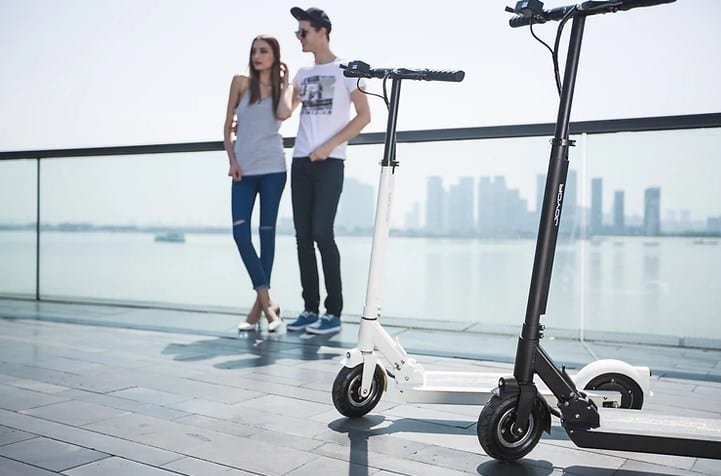Over the past few years, the popularity and prevalence of e-scooters have exploded on the streets and roads across Europe and the world. Why is this happening? The math calculation is pretty simple. Users of these vehicles are faster than when walking. They are more flexible than when using city traffic – and since the fuel is electricity, it is all much more affordable. But while the popularity of various electric two-wheelers is growing unstoppably – we are still waiting for the definitive legal regulations of these vehicles in some countries. However, some rules exist and are there to be adhered to. Here are 5 electric scooter regulations you need to know before riding.
Attention! E-Scooter On The Street
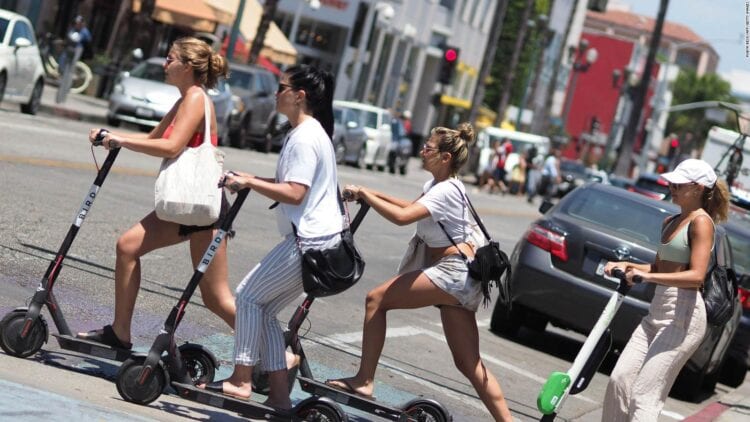
Electric scooters are becoming more affordable. The reason for that is, of course, technological progress – primarily in the field of electric motors and batteries. However, what we are still waiting for are regulations when it comes to their inclusion in traffic. The impact of a new type of vehicle in the existing traffic ecosystem – creates a certain amount of problems. It is because in most countries of the world their use is not legally regulated. Therefore, people use them at their own discretion. While common sense is often enough to solve most problems – it is not uncommon for extraordinary circumstances to happen and lead to injuries and even deaths. This is just what further emphasizes the need for better regulation. In this text, we will look at the current status of light electric vehicles – and the rules you must know before riding. We will also draw your attention to what should be expected to happen to them very soon.
Problems
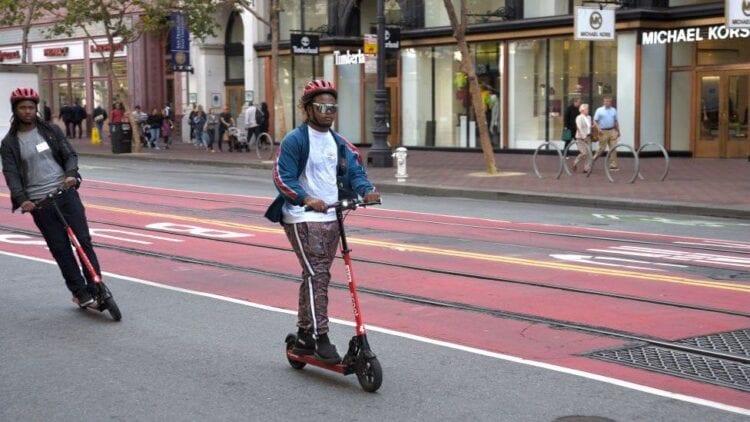
On paper, electric scooters look like a great solution for congested roads in big cities. They are small, quiet and fast – so it is not surprising that in many cities around the world there are services for renting them. Vehicles are picked up and left in special parking lots where batteries are recharged – and users pay for the service via a smartphone app. On the other hand, the fact that these vehicles are small, quiet, and fast – leads to problems and dangerous situations. Namely, the silence of the electric vehicle does not warn the surrounding traffic participants. Their small size allows them to pass between other vehicles – which can be very dangerous. Also, according to Turboant, the acceleration and speed that users are often unprepared for – is an additional risk factor.
Regulations We Need To Know Before Riding E-Scooter
1. Classification
An electric scooter (is not yet precisely defined in categories. For example, scooters and bicycles powered by human muscle strength belong to the K2 category. Therefore, currently for this type of vehicle, we apply the rules of class K3. The most important rule is not to exceed the maximum speed of 35 km / h. Besides, it is very important where the vehicles are moving. As is the case with bicycles, when there is no pure bicycle path but only a bicycle-pedestrian path – the speed of 10 km / h must not be exceeded. Also, the driver is obliged to act with special caution towards pedestrians – so that he does not interfere with their movement and does not endanger the safety of pedestrians. On the other hand, when there is no bike path, we can use the road (with a maximum width of one meter from the right edge) – and that only if the driver is older than 12 years.
2. Night driving and headphones
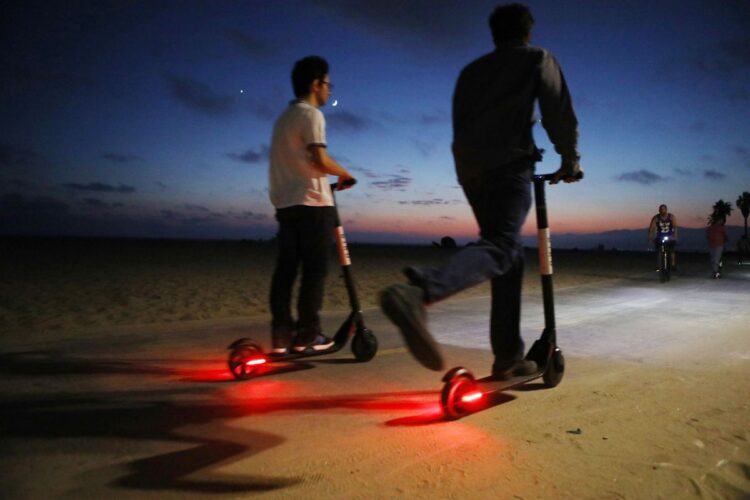
When driving during the night or in conditions of reduced visibility, one white light from the front and one red light from the rear of the vehicle are mandatory. A helmet, knee and elbow pads and a vest to increase driver visibility are optional – but their use is recommended. Several additional regulations prohibit adherence to other vehicles, the transport of cargo that endangers the stability of the vehicle, or the covering of both ears with headphones.
3. The maximum speed allowed for the electric scooter
The legal limit is 45 km/h, so the maximum speed for almost everyone is exactly 45 km/h. However, there are some e-scooters, where a system for a short-term increase in maximum speed – can be obtained at an additional cost to make overtaking safer.
4. How much distance can we travel with one battery charge?
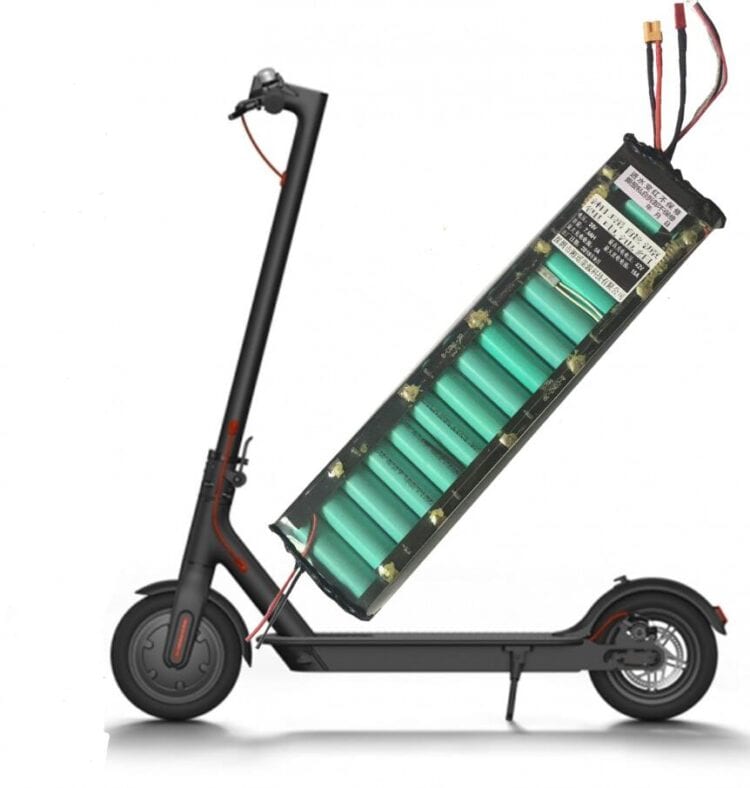
The average is 40-60 kilometers, but just as fuel consumption in classic engines depends on driving style – in electric scooters, the speed of discharging the battery depends on the speed at which you move, the intensity of acceleration, the weight of the driver (and passengers), headwind, etc. So, if you accelerate sharply every time you move or you have a companion – count on a significant reduction in the number of kilometers you can cover with one battery charge. Insufficiently inflated tires also have an impact on electricity consumption. You may check out smartwheel for e-scooters in Canada with the best battery backup. Furthermore, the terrain plays a crucial role in battery consumption. Riding uphill or on rough surfaces requires more power, draining the battery faster. Regular maintenance, like ensuring the scooter’s components are in optimal condition, can also influence battery efficiency. Thus, understanding these factors can help riders maximize their scooter’s range and enjoy longer rides.
5. Defects and warranty
These items are two more reasons to check well what kind of electric scooter – and take care from whom you are buying it. If someone tells you that there is nothing wrong with an electric scooter – know that it is far from the truth. The fact that it has an electric motor instead of a classic motor – that doesn’t mean that it is immune to failures. There are all other parts and components that are the same or similar in electric and classic scooters. Therefore, check carefully which manufacturer and model it is. You can see on domestic and foreign forums if it is talked about. Call the seller and inquire in detail about all the features. Check the service network and the availability of spare parts. Find all the features of the battery and check if a new original or replacement can be found – and how much it costs.
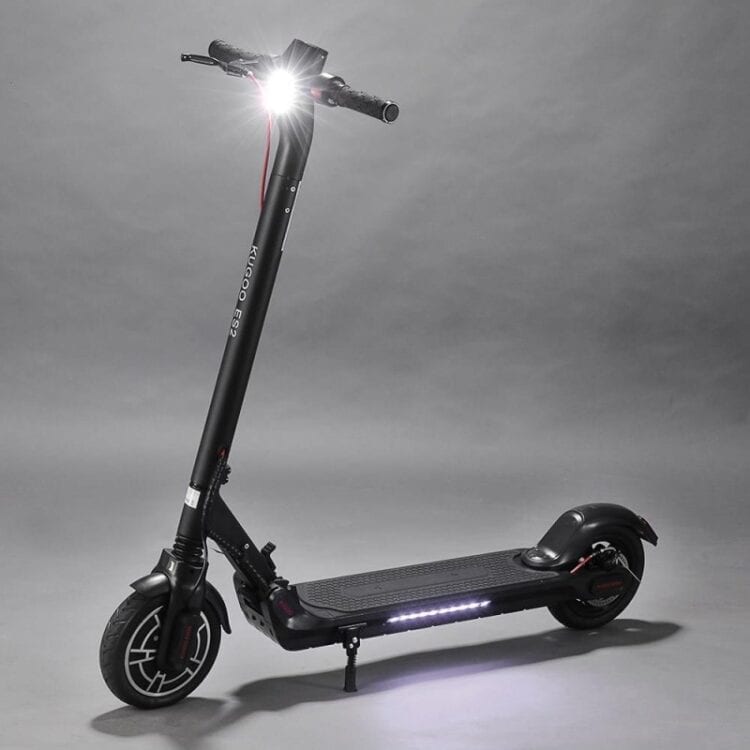
The Bottom Line
The last days of the Wild West for light electric vehicles are currently being counted on many streets in the world. This primarily refers to electric scooters – which, precisely because they are the smallest, represent the riskiest group. Larger vehicles, which use more powerful engines, are easier to classify into existing legal categories – and do not pose such a challenge. Fortunately, traffic police are familiar with the existing regulations – and are starting to apply them to all light electric vehicles in traffic. However, the responsibility comes from ourselves. Therefore, drive carefully.

